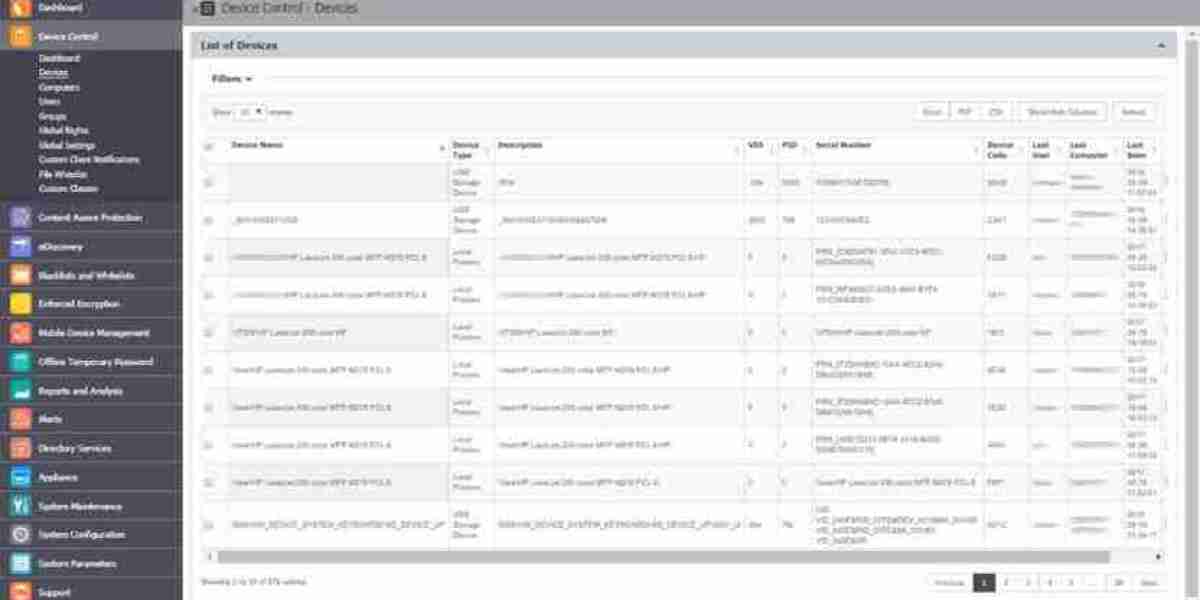
Bifold Door Repair: A Comprehensive Guide to Fixing Common Issues
Bifold doors, also called folding doors, are a popular choice for house owners seeking to take full advantage of space and create seamless shifts between spaces or indoor and outdoor living locations. Their stylish, space-saving style permits wide openings without the swing area needed by conventional hinged doors. From closets and kitchens to patio areas and room dividers, bifold doors offer adaptability and aesthetic appeal. Nevertheless, like any mechanical element in a home, bifold door wear and tear doors can experience wear and tear with time, resulting in different functional concerns. Thankfully, many common bifold door problems are manageable with some standard DIY skills and the ideal assistance.
This post functions as a thorough guide to understanding and addressing typical bifold door repairs. We will check out typical concerns, equip you with the needed tools and knowledge, and walk you through step-by-step repair processes. By understanding the mechanics of bifold doors and discovering fundamental repair methods, property owners can extend the lifespan of their doors and avoid expensive expert service calls.
Understanding Common Bifold Door Problems
Before diving into repairs, it's important to identify the source of the problem. Bifold doors, while fairly easy in style, depend on numerous parts working in consistency. When one part breakdowns, it can affect the entire system. Here are some of the most frequent problems house owners come across with bifold doors:
- Hanging or Sticking Doors: This is possibly the most common complaint. Doors might get stuck while opening or closing, need excessive force to move, or scrape versus the frame or flooring. This can be triggered by misaligned hinges, warped doors, or problems with the track and roller system.
- Misaligned Doors: Even when closed, bifold doors must sit flush and aligned. Misalignment can manifest as gaps between door panels, uneven spacing from the frame, or a failure to lock effectively. This can arise from loose hinges, deformed doors, or moved tracks.
- Damaged or Broken Hardware: The rollers, hinges, rotates, and tracks are the workhorses of a bifold door system. With time and with frequent usage, these elements can break, break, or become damaged. Damaged rollers can prevent smooth gliding, while harmed hinges can cause sticking and misalignment. Harmed tracks can block roller movement and cause jerky operation.
- Loose Screws and Fittings: Vibrations from regular usage can loosen screws and fittings that hold the hinges, tracks, and other hardware in location. Loose elements can result in instability, misalignment, and noisy operation.
- Deformed Doors: Exposure to moisture and temperature level variations can cause wooden bifold doors to warp. Distorted doors can be tough to close appropriately, might rub against the frame, and can develop gaps.
Necessary Tools and Materials for Bifold Door Repair
Having the right tools and products on hand will make the repair process considerably smoother and more effective. Here's a list of typical products you may need:
- Screwdrivers: A set of Phillips head and flathead screwdrivers of different sizes is important for tightening up and loosening screws.
- Drill/Driver: For more stubborn screws or for installing brand-new hardware, a drill/driver can be vital. Guarantee you have a range of drill bits and screwdriver bits.
- Hammer: A hammer can be valuable for carefully tapping parts into place or for getting rid of stubborn pins.
- Pliers: Pliers work for gripping small parts, flexing metal components, and getting rid of pins.
- Level: A level is crucial for guaranteeing doors are properly lined up vertically and horizontally.
- Tape Measure: For accurate measurements when replacing parts or changing door positions.
- Wood Shims: Shims are thin pieces of wood used for leveling and aligning doors within the frame.
- Lube (Silicone Spray or Dry Lube): Lubricant can significantly improve the smooth operation of rollers and hinges.
- Replacement Rollers, Hinges, and Tracks: Depending on the issue, you may require to acquire replacement parts. It's frequently handy to recognize the manufacturer and model of your bifold doors to guarantee you get suitable replacements.
- Wood Filler or Epoxy (for wooden doors): For fixing minor damage to wood doors, such as cracked corners or screw holes.
- Safety Glasses and Gloves: Always prioritize security when undertaking DIY tasks.
Step-by-Step bifold door specialists [Repairmywindowsanddoors blog entry] Door Repair Guide
Now, let's dig into the practical actions for fixing common bifold door problems:
1. Addressing Hanging or Sticking Doors:
- Inspection: Begin by carefully observing where the door is sticking or hanging. Is it rubbing versus the top, bottom, or side of the frame?
- Lubrication: Often, a basic lubrication of the rollers and track can resolve sticking issues. Apply silicone spray or dry lube to all moving parts, including rollers, hinges, and the top and bottom tracks. Open and close the door a number of times to disperse the lube.
- Hinge Adjustment: If lubrication doesn't fix the issue, examine the hinges. Loose hinges can trigger doors to droop. Tighten up any loose hinge screws. If the screws are removed, you may require to use longer screws or wood filler in the screw holes before re-screwing.
- Track Adjustment: In some cases, the track itself might be somewhat misaligned. Examine if the track is safely attached to the frame. If it's loose, tighten the screws. Small track misalignment can often be remedied by gently tapping the track into location with a hammer and block of wood.
- Door Warping: If the door is warped, minor warping may be addressed by carefully correcting it utilizing clamps and weights. Nevertheless, severely distorted doors might require to be replaced.
2. Fixing Misaligned Doors:
- Hinge Adjustment (Lateral Alignment): Misalignment can frequently be remedied by adjusting the hinges. Loosen the hinge screws somewhat and gently move the door panel left or right to achieve much better alignment. Retighten the screws when lined up.
- Shims (Vertical Alignment): If the door is unequal vertically, you can utilize shims. Unlock and location shims behind the depend upon the lower panel to raise it or behind the depend upon the upper panel to reduce it. Try out shim positioning and density until the doors are lined up, then tighten up the hinge screws safely.
- Leveling the Frame: In unusual cases, the door frame itself may be out of level. Utilize a level to check the frame. If it's not level, you may require to adjust the frame itself, which can be a more intricate task and may require professional help.
3. Changing Damaged Hardware (Rollers, Hinges, Tracks):
- Roller Replacement:
- Open the bifold door and locate the damaged roller.
- Depending upon the design, you might require to get rid of a maintaining clip or screw to release the old roller.
- Thoroughly eliminate the old roller.
- Place the new roller, guaranteeing it is effectively seated and protected.
- Evaluate the door operation.
- Hinge Replacement:
- Open the door and identify the damaged hinge.
- Remove the screws holding the hinge to both door panels and the frame.
- Eliminate the old hinge.
- Position the new hinge in the exact same area.
- Protect the new hinge with screws.
- Check the door operation.
- Track Replacement: Replacing a track is a more involved process and is normally just needed if the track is seriously harmed or bent.
- Get rid of the bifold doors from the track.
- Unscrew the old track from the frame.
- Step and cut the new track to the appropriate length, if required.
- Position the new track and protect it to the frame with screws.
- Re-install the bifold doors.
- Evaluate the door operation.
4. Tightening Loose Screws and Fittings:
- Regular Inspection: Periodically inspect all screws and fittings on your bifold doors.
- Tightening: Use a screwdriver to tighten up any loose screws.
- Stripped Screw Holes: If screws are regularly loosening or removed, you can use wood filler (for wooden doors) or epoxy to repair the screw holes. Fill the hole, let it dry, pre-drill a pilot hole, and after that re-install the screw. Additionally, usage a little longer or wider screws to get a better grip.
Routine Maintenance for Bifold Doors
Preventative upkeep is crucial to lengthening the life of your bifold doors and reducing the requirement for repairs. Here are some necessary upkeep ideas:
- Regular Cleaning: Keep the tracks and rollers tidy from dust, particles, and pet hair. Vacuum or wipe down tracks routinely.
- Lubrication: Lubricate rollers and hinges a minimum of two times a year or whenever you notice the doors beginning to stick or squeak.
- Inspect Hardware Periodically: Check for loose screws, worn rollers, or damaged hinges during your routine home upkeep checks.
- Mild Operation: Avoid slamming or forcing bifold doors. Run them efficiently and gently to avoid unnecessary stress on the hardware.
When to Call a Professional
While numerous bifold door issues can be tackled DIY, there are situations where it's best to call an expert handyman or door expert:
- Significant Door Warping: Severely distorted doors might be beyond DIY repair and require expert replacement.
- Complex Track Issues: If the track is substantially bent, damaged, or if you believe structural issues with the frame, professional proficiency is recommended.
- Absence of DIY Experience: If you are uncomfortable with DIY repairs or do not have the essential tools, looking for expert help is always a safe and sensible choice.
- Time Constraints: If you are brief on time or choose to have the repair done quickly and effectively, a specialist can handle the job.
Conclusion
Bifold doors are an important addition to any home, offering area performance and aesthetic appeal. Comprehending their mechanics and common problems empowers homeowners to carry out basic repairs and upkeep, guaranteeing their durability and smooth operation. By following the actions detailed in this guide, and with a little patience and the right tools, you can successfully attend to most bifold door concerns and keep your doors functioning perfectly for years to come. Keep in mind, routine maintenance and prompt attention to minor concerns can avoid larger problems and conserve you time and cash in the long run.
Frequently Asked Questions (FAQs) about Bifold Door Repair
Q: Why are my bifold doors sticking?A: Sticking bifold doors are often brought on by lack of lubrication, misaligned hinges, or particles in the tracks and rollers.
Q: How typically should I lubricate bifold door rollers?A: It's recommended to lube bifold door rollers at least twice a year or whenever you see the doors becoming less smooth to run.
Q: Can I replace bifold door fixes door rollers myself?A: Yes, replacing bifold door rollers is a reasonably simple DIY task. Guarantee you purchase compatible replacement rollers for your door type.
Q: My bifold doors are misaligned even when closed. How can I fix this?A: Misalignment can frequently be remedied by adjusting the hinges. Attempt loosening hinge screws and gently shifting door panels for better positioning, or use shims behind hinges to adjust vertical alignment.
Q: What kind of lubricant is best for bifold door installers door rollers?A: Silicone spray or dry lube are outstanding choices for bifold door rollers as they are less likely to draw in dust and debris compared to oil-based lubes.
Q: When should I think about changing my bifold doors rather of repairing them?A: Consider changing bifold doors if they are significantly warped, extensively harmed, or if the expense of repairs exceeds the cost of new doors, especially if they are old and broken.











